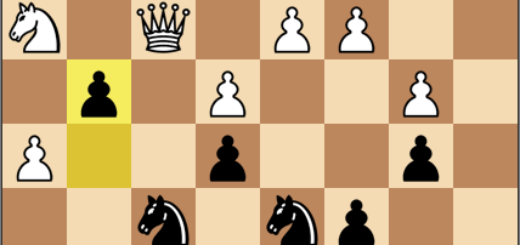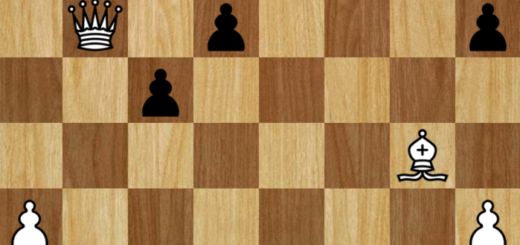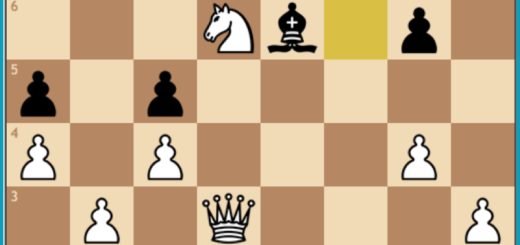Queen Captured? I Think Not – Chess Match 4/25/19
I recently played a chess match that held a fairly valuable lesson for all chess enthusiasts.
On the 20 move of the chess match, I had made a move to capture one of my opponents pawns near their King. This is a fairly strategic move as it could be crucial near the end of the chess match if it comes down to pawns.
Once I did this, a few moves later, my opponent placed their rook in a position that would appear to have my queen trapped.
Anywhere my queen moved, she would have been captured. On first look, the best move I had was to capture my opponent’s rook and lose my queen in the process.
This is something no chess player wants to see happen, so naturally, I searched the chessboard to see if there was a way out.
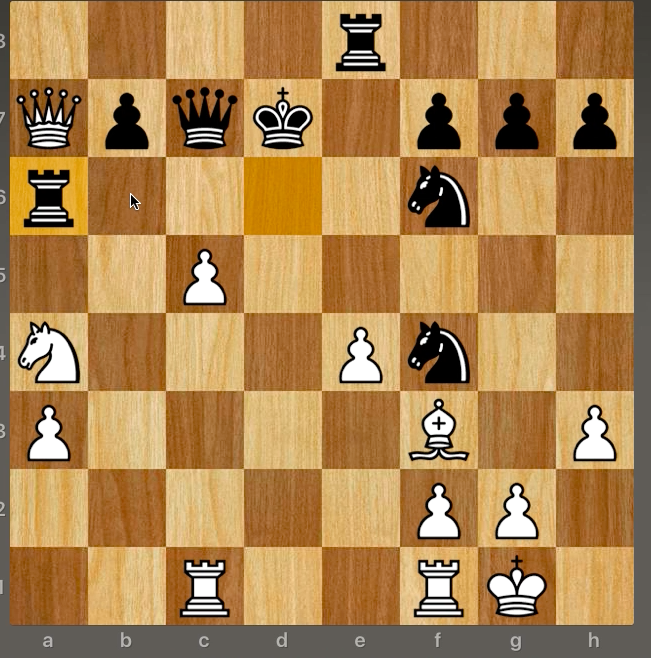
Fortunately, there was.
I had a pawn I was moving down the chessboard just 1 move away from placing my opponent’s King in check. I moved the pawn, and my opponent captured my pawn with their own pawn.
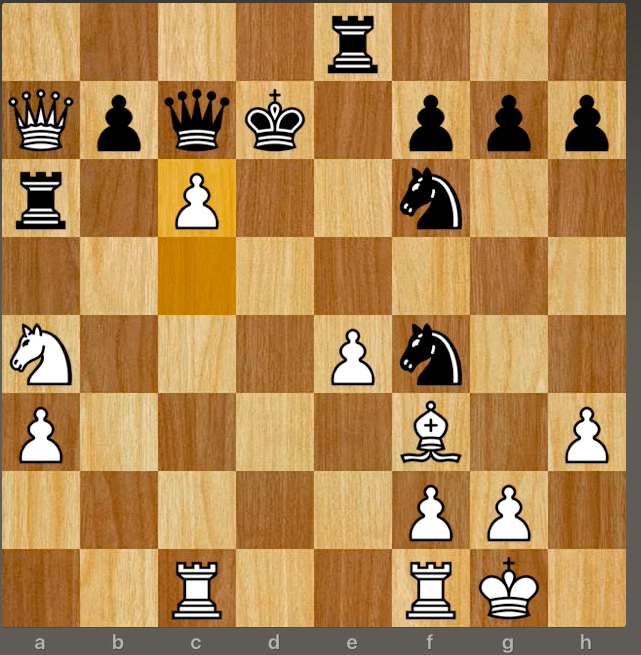
This left their rook open to capture, and on the next move, I captured their rook with my queen without losing my queen in return.
What went from looking like losing my queen resulted in my opponent losing their rook.
The lesson to be learned here is to always search the chessboard for the best possible move. Take your time. As a beginner, I most likely would have just accepted I was going to lose my queen and captured the rook in exchange for my queen.
Today, I know much better.
Thank you for taking the time to look over this and enjoy more from LearnChess101.com
Learn More Chess:
LearnChess101.com is your go to guide for learning how to playing chess. For beginner’s we encourage you to first start with our learn how to play chess guide and basic chess strategy. For those interested in learning some tricks, check out how to win chess in 2 moves, how to win chess in 3 moves, how to win chess in 4 moves, and how to win chess in 5 moves.
For those who really want to take their chess game to the next level, be sure to purchase our E-Book “The Chess Formula. by clicking here to learn more.

